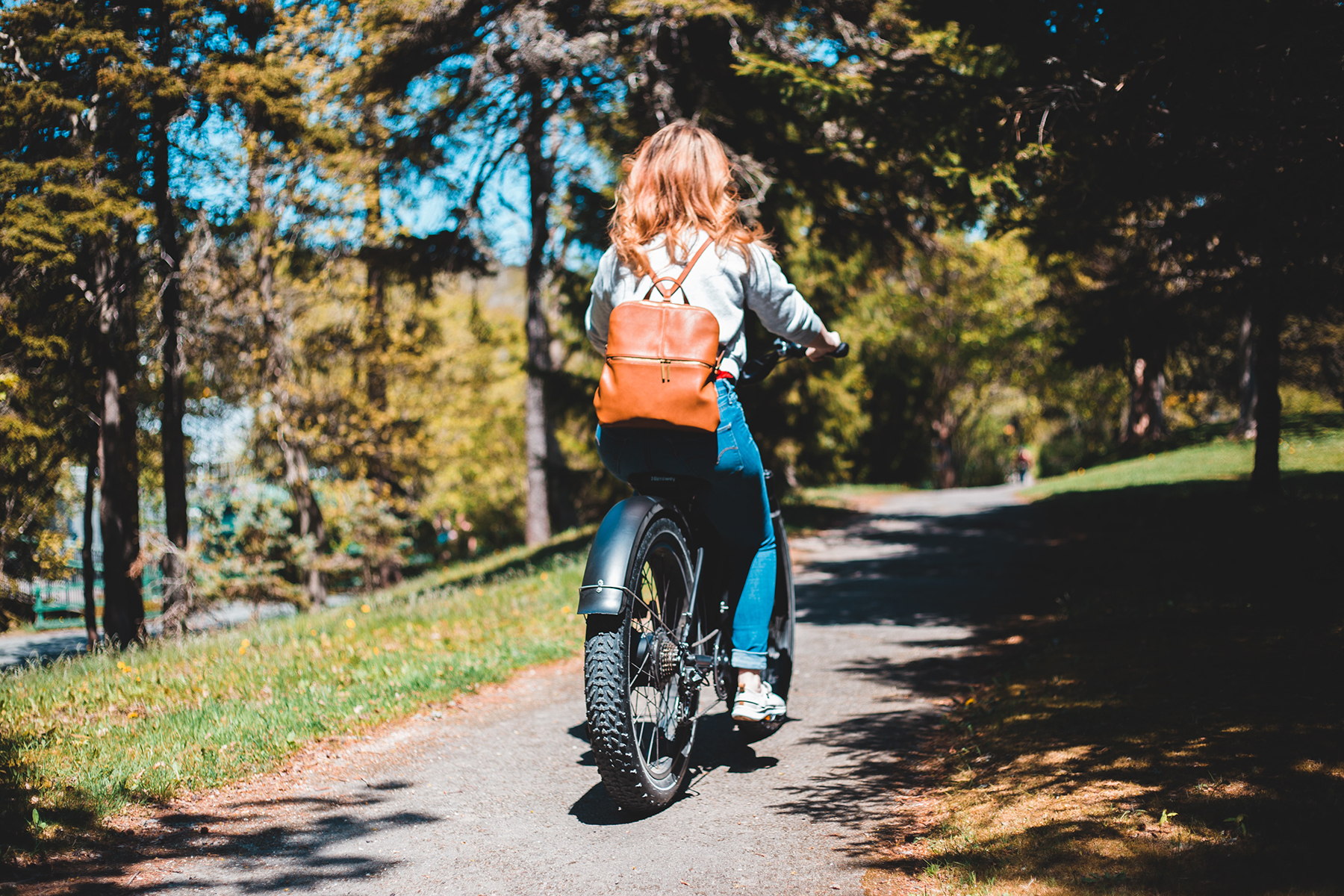On September 14-15, PeopleForBikes announced a new proposal at the inaugural EMTB Summit - a request to property managers to allow Class 1 e-bikes on all natural surface trails open to non-motorized vehicles, which excludes Class 2 and Class 3 e-bikes
Although distinctions are becoming more hazy, Class 1 bikes tend to be preferred by the specialty retail channel and its suppliers, while Class 2 and 3 bikes are more common in the consumer-direct channel. At 20 mph, Class 1 and Class 2 both stop providing motor assistance, however Class 2 permits riders to continue using the motor while coasting.

Class 1, 2, and 3 e-bikes are currently permitted on motorized roads and trails, but not on non-motorized trails, according to the National Forest Service.
Forest managers are now able to designate trails or other routes that are accessible to e-bikes but not other motorized vehicles, under a policy amendment from March 2022. The update lists the three different types of e-bikes without allowing or prohibiting any of them from using trails. Different public lands managers, including the National Park Service, have different rules.
The suggestion was positively received by those in attendance at the event. "IMBA is delighted that the industry is addressing the complexity of EMTB management by proposing trail access be limited to Class 1 electric bicycle on non-motorized trails," stated Kent McNeill, president of the International Mountain Bicycling Association.
Suppliers of Class 2 bikes, however, expressed less satisfaction. Don DiCostanzo, the founder and CEO of Pedego, remarked that, "despite consumer demand to the contrary, the industry and cycling advocacy groups continue to display partiality for Class 1 electric bikes while simultaneously preaching inclusivity."
"Excluding Class 2 electric bikes from areas where Class 1 are permitted is not justified, unless the intention is to encourage exclusion," the statement reads. Over 200 authorized merchants in the United States sell Pedego's e-bikes, which are primarily Class 2 vehicles.
60 people attended the summit to discuss topics that are crucial to the continued expansion of trails and sales.
Despite the fact that PeopleForBikes has been holding yearly strategy meetings just for e-bikes since 2016, this was the first Summit conference since the epidemic to concentrate only on the quickly developing EMTB category.

Following a full day of workshops, representatives from the government, industry, and retail enjoyed a day of EMTB rides on a variety of the area's terrain.
The aim of the Summit, as summed up by Cook-Fisher, is to "show that eMTBs have the same impacts as non-motorized acoustic bicycles." The difficulty is in creating research that show and support what many people believe to be the impacts on the ground.